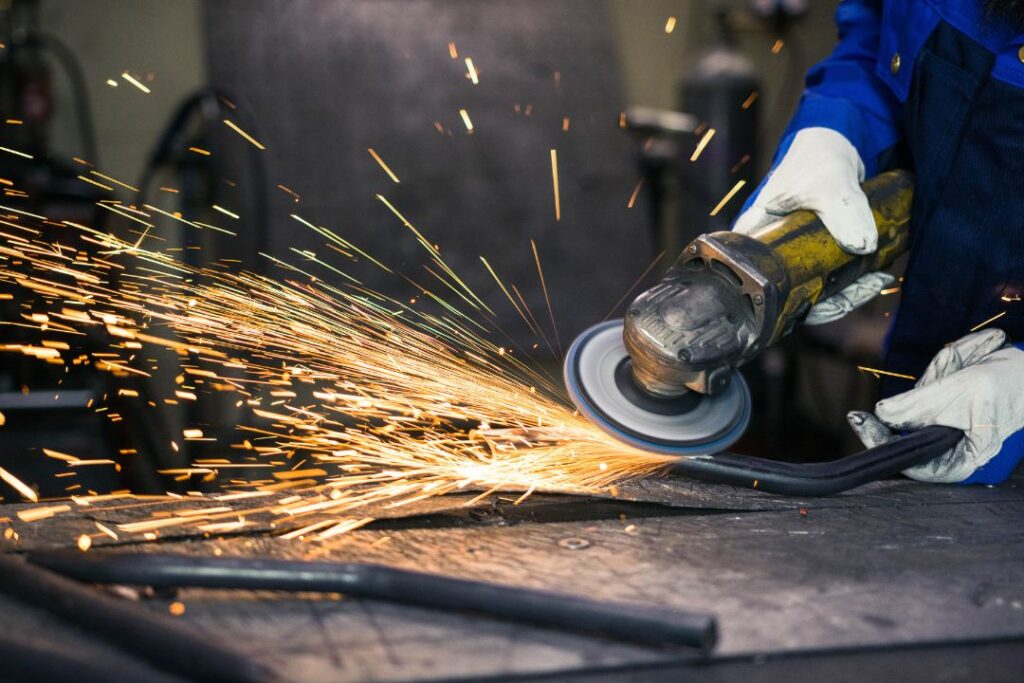
Crafting, repairing, or maintaining metalwork is a practice that teeters on the edge of art and precision. The grinding wheel is a silent sentinel of shape and finish among the myriad tools in the metalworker’s arsenal. It’s much more than a disc of abrasives; in the right hands, it’s a force that can smooth the roughest edges or mold the most intricate grooves.
The choice of these grinding companions is crucial in the echoing chambers of workshops and the rhythmic motions of seasoned hands. We take the time to explore a few key considerations when choosing a grinding wheel.
The Forge of Choice: Types of Grinding Wheels
Grinding wheels aren’t a one-size-fits-all deal. There are varied alloys, and each tells its tale of toughness, sharpness, or versatility. From the steadfast aluminum oxide to the elusive diamond wheel, your choice here will color your craft.
Yet, different doesn’t always mean better—each wheel offers unique properties. For instance, silicon carbide wheels can power through softer metals with finesse, while the incredible hardness of diamond wheels makes them the desired choice for precision grinding in certain applications. Consider your workpiece before donning your chosen disk.
Shaping Your World: The Choice of DIYers
For the curious DIY metal enthusiasts, the grinding wheel is not a weekend warrior’s tool—it’s a gateway to shaping creativity. Wheel size and shape might seem like indifferent variables, but they determine the bounds of your projects and finesse.
Take the vacuum-brazed diamond wheel, for example. Its engineering reflects ingenuity; the vacuum brazing method ensures a stable, clear-cut advantage for tasks that require extra precision. However, this refined tool comes at a cost—it’s less suitable for aggressive stock removal and may be more prone to breakage. Each decision has its own set of nuances to weigh.
Forging Relationships With Speed and Safety
In metalworking, the bond between you and your tools is one of truth and trust, layered with speed ratings and safety screens. The RPM and operator expertise is the tether that guides your grinding wheel. A relationship of routine checks, prompt replacements, and understanding operational tempo is where safety meets proficiency.
But don’t rush it. Speed ratings are the whisper behind the grind, ensuring you work within your material’s endurance. In moments of haste, the wheel can shatter, bringing an abrupt halt to your workflow or, worse, threatening your well-being.
Take the pace in stride, master it, for there lies the prime edge of performance and safety. With these key considerations in tow, you can choose a grinding wheel perfect for your craft and demands.


